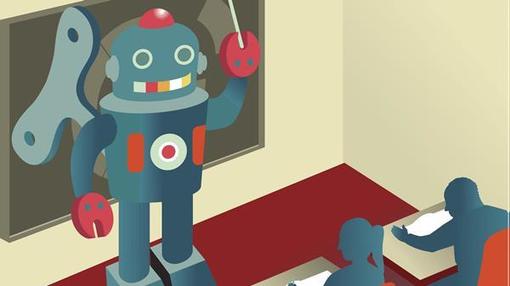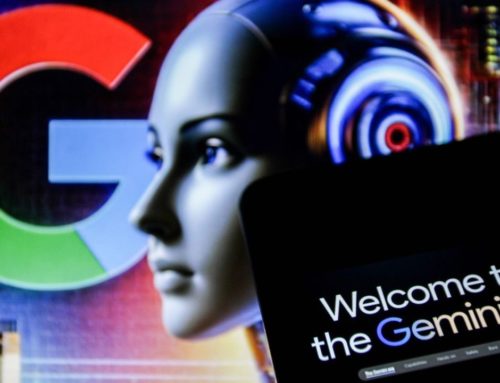Last spring, professor Ashok Goel added an unusual member to his teaching assistant team for an online course at Georgia Tech: a robot. Flooded with emails from his students, Goel enlisted some digital support to field questions — mostly the mundane, process-oriented queries, like where to find certain lecture slides. The best part? The students had no idea. When they found out the day after the final exam, one student joked about nominating the bot for an Outstanding TA award. To be fair, the clues were there — it was a course on artificial intelligence and the machine was named Jill Watson, employing IBM’s eponymous software.
But the students’ giddy excitement and “mind = blown” GIF-sharing on social media about their robot instructor might not be shared by the average American, it seems. In fact …
92 PERCENT OF PEOPLE BELIEVE ROBOTS ARE NO REPLACEMENT FOR HUMAN TEACHERS.
That’s according to a poll conducted this month by OZY and SurveyMonkey about how schools, employers and citizens are preparing for the future of work. And despite this overwhelming majority maintaining that “humans need human interaction to learn,” the same percentage also agreed that technology companies have some role to play in the classroom. “These findings can be interpreted to mean that people want technology to supplement and enhance the learning experience,” says Erin Pinkus, a research scientist at SurveyMonkey, “but they aren’t asking for teachers to be replaced by machines.” Seventy-five percent of survey respondents said there are benefits to traditional, on-campus learning beyond simply a qualification, notes Pinkus, suggesting that human interaction is something “that a robot just cannot provide — yet.”
Sourced through Scoop.it from: www.ozy.com








Leave A Comment